
5 Books Making News: Gods, Monsters, and Refugees
New Books from Margaret Drabble, Neil Gaiman, and More
The first volume in Philip Pullman’s new “The Book of Dust” trilogy is coming in October. Pullman tells the BBC the books are not a sequel or a prequel but an “equel” to his Dark Materials series. The six books on the International Prize for Arabic Fiction shortlist “stand out for their brilliant artistic structure, development of characters and treatment of socially sensitive and daring subject matter,” says Palestinian novelist Sahar Khalifeh, head of the judging panel. Finalists include Mohammed Hasan’s A Small Death, Ismail Fahd Ismail’s Al-Sabiliat, Elias Khoury’s Children of the Ghetto–My Name is Adam, and Mohammed Abdel Nabi’s In the Spider’s Chamber, about challenging taboos to give a voice to a marginalized group. Margaret Drabble’s new novel centers on aging and death, Viet Thanh Nguyen follows his Pulitzer award-winning novel with a story collection about Vietnamese refugees, Steve Erickson writes “the first novel of the Trump era,” Neil Gaiman returns to the myths that were his wellspring, and Arab and Persian scholar Mathias Énard’s Prix Goncourt award-winning novel is now available in English translation.
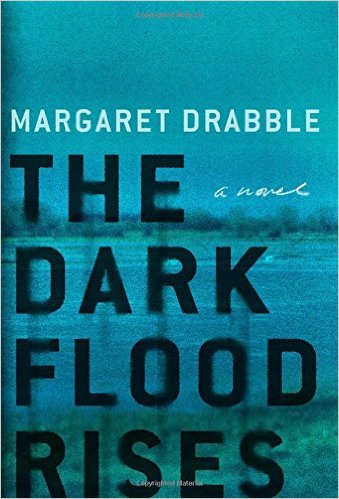
Margaret Drabble, The Dark Flood Rises
The narrator of Drabble’s new novel, a fictional meditation on aging and death, is a seventy-something woman who describes herself as “already too old to die young and too old to avoid bunions and arthritis, moles and blebs, weakening wrists, incipient but not yet treatable cataracts and encroaching weariness.” Critics respond with enthusiasm.
Michael Schaub (NPR) notes that Drabble’s protagonist, Francesca Stubbes, is “an expert on housing for senior citizens; she’s herself in her seventies, and lately she’s been obsessed with mortality… It becomes very clear very quickly that Fran has no time for minced words or pleasant bromides. She knows she’s going to die, but for the most part, she’s more annoyed than despairing. When confronted with Dylan Thomas’s famous dying of the light, Fran isn’t the type to rage. She’d more likely roll her eyes and ask what took it so bloody long. She’s an unforgettable character, steely but likable, and The Dark Flood Rises is a beautiful rumination on what it means to grow old.”
Ron Charles (Washington Post) is laudatory:
And so once again, Dame Margaret, the author of more than two dozen books, has created a story that defies its own parameters. Gentler than Muriel Spark’s Memento Mori, but no less honest, The Dark Flood Rises examines aging from liver spots to liver failure, but the novel’s humor vaccinates it from chronic bleakness. (We hear of one unfortunate man who slipped on some mail. Diagnosis: “Death by glossy magazine.”) Eschewing chapter divisions, the novel races along like Fran, pausing just long enough to take a breath before darting off to follow some other story line involving one of Fran’s friends or relatives.
“The Dark Flood Rises,” concludes Cynthia Ozick (New York Times Book Review), “is not a therapeutic, eschatological, sociological, political or even philosophical novel. Never mind that it can be mistaken for any or all of these. In one way, it is a hymn to an inherited England, to its highways, gardens, streets, hotels, neighborhoods, landscapes, parking lots, stoneworks, cottages, secluded and public spaces. …But this humane and masterly novel by one of Britain’s most dazzling writers is something else as well, deeper than mere philosophy: a praisesong for the tragical human predicament exactly as it has been ordained on Earth, our terminal house.”
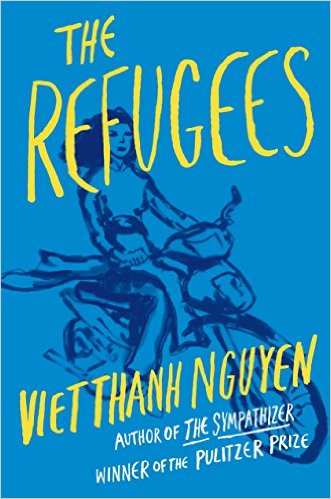
Viet Thanh Nguyen, The Refugees
Nguyen’s novel The Sympathizer won the Pulitzer Prize for fiction. He’s back with a short story collection in a similar key.
“With tenderness and intimacy, with softly shaded ironies, Viet Thanh Nguyen personalizes a group of Vietnamese-Americans living on the West Coast in his story collection,” writes Tom Zelman (Minneapolis Star-Tribune). “The older folks are exiled from their Fatherland and culture by the forces of history; the younger stranded between the ghost-ridden silence of their parents’ generation and the promise of American plenitude that they themselves can’t seem to grasp.”
“This is an important and incisive book written by a major writer with firsthand knowledge of the human rights drama exploding on the international stage—and the talent to give us inroads toward understanding it,” writes Megan Mayhew Bergman (Washington Post).
Rayyan Al-Shawal (San Francisco Chronicle) concludes “…it isn’t just the refugees of the book’s title for whom nothing ever dies, but almost everyone who experienced the war, from US military personnel to those Vietnamese (the vast majority) who stayed behind. The latter group includes Mr. Ly of “Fatherland,” the final entry in this collection and one of two set in Vietnam decades after the conflict’s end. Mr. Ly’s first wife left for the US with their children many years ago. He has long since remarried and started a new family, giving his second set of children, a girl and two boys, the same names as his first. Phuong, his grown daughter with the second wife, has always wondered about this strange choice, but can never bring herself to broach the subject with her father. Why? When it comes down to it, she doesn’t want to know his reasons, ‘fearing the answer she always suspected, that she and her brothers were no more than regrets born into flesh.’”
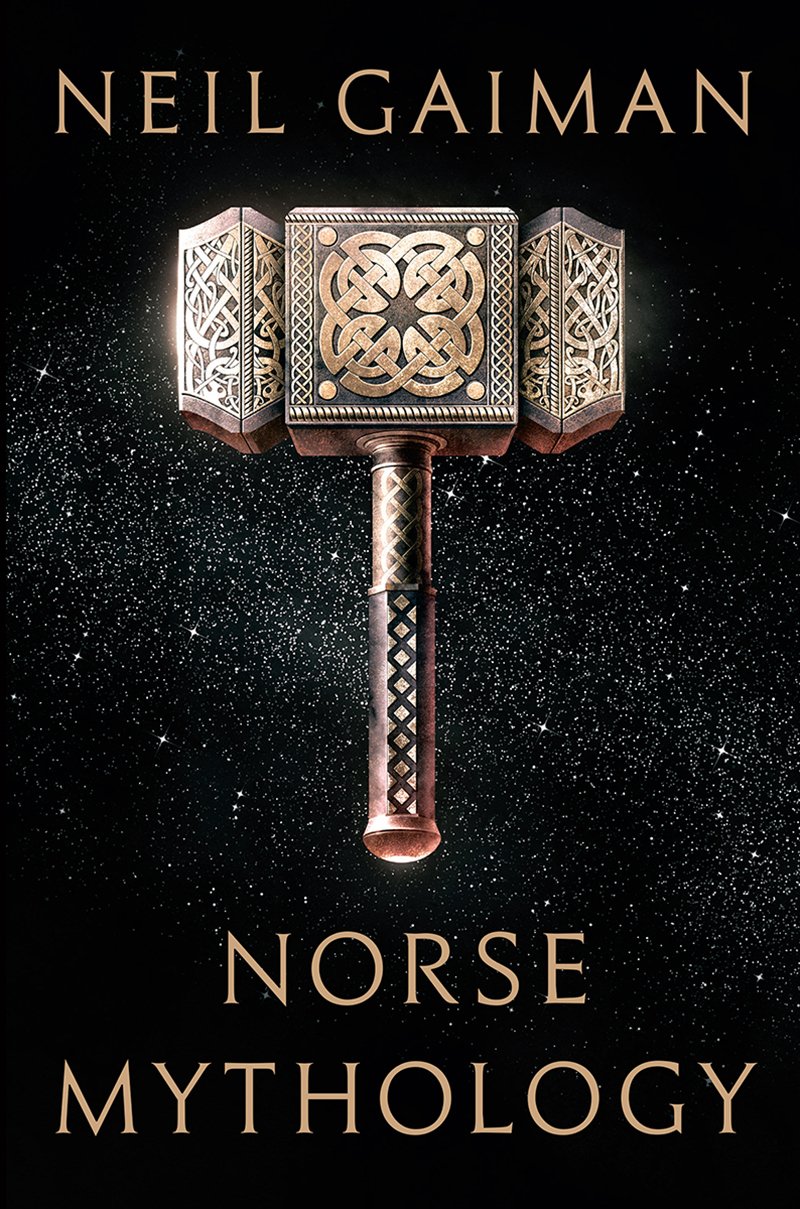
Neil Gaiman, Norse Mythology
Gaiman first met Thor at age six, he tells NPR’s Petra Mayer. “Marvel’s Thor came first,” he says. “I was reading the reprints of Marvel’s Thor in an English comic called Fantastic. … Dr. Don Blake found this stick in a cave, banged it down and transformed into Thor, and the stick transformed into the hammer.” Gaiman’s retelling of the myths that were his wellspring brings praise—and a question or two.
“Some of pop culture’s most engaging, and lucrative, entertainments sought inspiration, or stole outright, from the tradition of Norse tales,” writes Ethan Gilsdorf (Boston Globe). “Take Gandalf and Thorin, characters from The Hobbit and The Lord of the Rings, whose namesakes can be traced back to The Prose Edda, the 13th-century text that recorded parts of the Nordic cosmology. We can tell an elf from a dwarf or a troll and know what powers Thor’s boomerang-like hammer Mjölnir possesses, largely because of the thievery of J.R.R. Tolkien and Marvel creators Stan Lee and Jack Kirby. Any travelers from Middle-earth or the Marvel Avengers universe dropped into Gaiman’s novelistic reboot will find this fantastical place familiar ground.”
Andrew Liptak (The Verge) relishes Gaiman’s retelling:
There was a moment during Neil Gaiman’s latest book, a novelistic retelling of Norse myths, where I couldn’t help but burst into laughter. It was during a chapter called “Hymir and Thor’s Fishing Expedition,” in which Thor and several other gods arrive at the great hall of the sea giant Aegir and demand a feast. The giant is understandably put off by this intrusion, so he says he’ll host them, if Thor brings him a cauldron big enough to brew sufficient beer for the gods. The gods normally drink a lot of beer, so that would be a massive cauldron. But eventually the gang remembers that a king named Hymir owns a cauldron three miles deep, and they set off to borrow it. By the time Thor finally makes off with it, oxen have been punched, giants have been slaughtered, and sea serpents have been caught on a fishing trip. This kind of absurdity makes Norse Mythology a fantastic, funny, and sometimes sobering read.
Douglas Wolk (Los Angeles Times) notes:
No contemporary fiction writer gets more of his power from the mythological tradition than Neil Gaiman. Almost all of his work, from the Sandman comics he wrote in the ’80s and ’90s to prose novels such as American Gods and children’s books such as Coraline, ingeniously fragments and integrates the raw materials of myth into present-day settings and perspectives. At his best, Gaiman does with folkloric storytelling something like what Bob Dylan does with the blues and folk song tradition: He’s absorbed so much mythology that his own work flows naturally out of it, and his narrative voice is richer for its echoes of the old stories…. Norse Mythology is something a bit different for Gaiman: It’s his rendering of 15 stories from what little remains of the pre-Christian Scandinavian myths that were recorded in and around the 13th century. It’s not quite a translation (Gaiman’s introduction notes that his sources were mostly various English translations of the Poetic Edda and Snorri Sturluson’s Prose Edda), and not an entirely free adaptation: His additions are a storyteller’s flourishes rather than new pieces of narrative. As always, Gaiman’s a charming raconteur. The project itself, though, seems oddly superfluous.
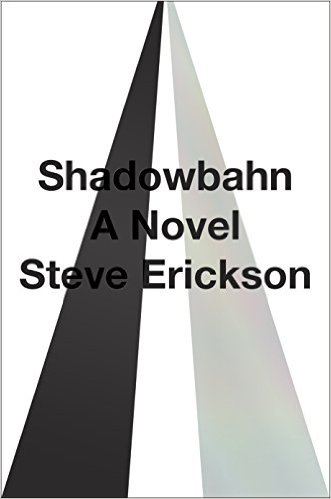
Steve Erickson, Shadowbahn
Erickson’s eleventh novel scrambles an apparition of the Twin Towers appearing in the South Dakota Badlands twenty years after 9/11, Elvis Presley’s stillborn twin brother Jesse, springing to life on a top floor, and a brother and sister on a road trip on a shadowy secret highway “that cuts through the heart of the country from one end to the other with impunity.” His timing is perfect.
The “act of emerging from (and vanishing into) nothingness is the primary narrative event” of Shadowbahn, notes Scott Bradfield (Los Angeles Times). “Set in his favorite historical period (one that hasn’t quite happened yet), the novel opens when a truck driver named Aaron… witnesses the sudden, miraculous manifestation of the twin towers somewhere off Interstate 90 in the Badlands of South Dakota. It’s a time when America is breaking down into competitive regions of Rupture, Disunion and more, since ‘no one believes in the same country anymore and probably never has.’ Haunted by the specter of a voiceless black president, variously untethered Americans (immigrants and natives, blacks and whites, Mormons and Sunnis) are quickly drawn together to witness this image of what they once were, what they’ve lost and what they may never have again. Which, of course, is having one country that belongs to all of them.”
Michael Robbins (Chicago Tribune) calls Shadowbahn “the first novel of the Trump years, of tatterdemalion America, the starless stripes, as one of Erickson’s chapter headings has it. A novel for ‘a defiled century and whatever defiled world inhabits it.’ The Towers rise again, displaced, in a country riven by conflict, hostility, disputed territory, secession. It’s the return of a history so repressed that it is all on the surface—a national imaginary so Towers-haunted, so Confederate-flagged, that tragedy must manifest physically as farce in order to reveal just how little anyone understands. The man who first spots the reincarnated structures drives a truck whose bumper sticker reads SAVE AMERICA FROM ITSELF.”
Chris Vaughan (The Rumpus) concludes:
What his readers love about Erickson’s work—those muscled musical sentences, his revelry in personal obsessions and politics, the formal intuition and innovation over precision and clarity, defying genres, the warp and weft of his plots—are also likely the reason he still has a kind of basement-tapes status in American literature (which his readers also cherish.) But this position allows him to continually explore and experiment daringly, as he does in Shadowbahn. …This unconditional approach to art over business makes Erickson’s work an antidote, arriving at a pivotal moment. Shadowbahn will be an epoch-defining book in Trump’s America. It’s an American Heart of Darkness almost by accident.
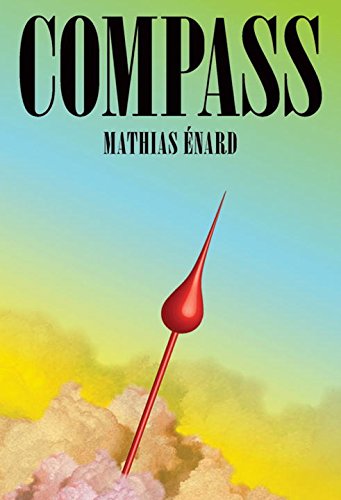
Mathias Énard, Compass
Enard’s ninth novel was awarded France’s Prix Goncourt last year. Now in English, it’s gathering praise from PW (“an astonishing, encyclopedic, and otherwise outré meditation … on the cultural intersection of East and West”) and Kirkus Reviews (“a fever-dream meditation on East and West and on a lost love that binds the two worlds),” for starters.
“There is something Sebaldian in Ritter’s encyclopedic erudition and the seamless way that he shifts between personal and historical memory,” writes Christopher Beha (Harper’s). He concludes:
Énard’s books are perhaps too difficult to make him a true literature-in-translation superstar in the Knausgaard or Ferrante mode. (An earlier novel, Zone, also takes place over one night, but it consists of a single 500-page sentence.) Still, Compass stands a fair chance of finding the wider American audience it deserves, if only for its timeliness. On the day I finished reading it, the Battle of Aleppo was nearing its horrifying climax and Angela Merkel announced that she supported a burka ban in Germany. A novelist like Énard feels particularly necessary right now, though to say this may actually be to undersell his work. He is not a polemicist but an artist, one whose novels will always have something to say to us. If that doctored replica of Beethoven’s compass stands as a fitting emblem of Ritter’s work, a better one for Énard’s would be the compass that can be found in hotel rooms throughout the Islamic world, so that travelers can orient themselves for prayer—a compass that “can indeed serve to locate the Arabic peninsula, but also, if you’re so inclined, Rome, Vienna, or Moscow: you’re never lost in these lands.”
Listen: Neil Gaiman talks to Paul Holdengräber about life, death, and the work of Dennis Potter.
Jane Ciabattari
Jane Ciabattari, author of the short story collection Stealing the Fire, is a former National Book Critics Circle president (and current NBCC vice president/events), and a member of the Writers Grotto. Her reviews, interviews and cultural criticism have appeared in NPR, BBC Culture, the New York Times Book Review, the Guardian, Bookforum, Paris Review, the Washington Post, Boston Globe, and the Los Angeles Times, among other publications.



















